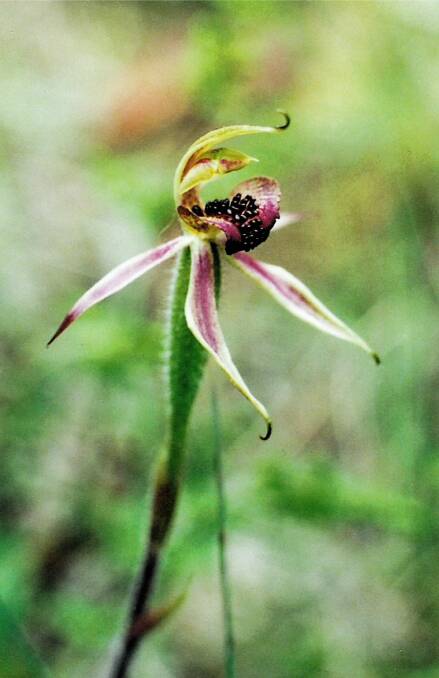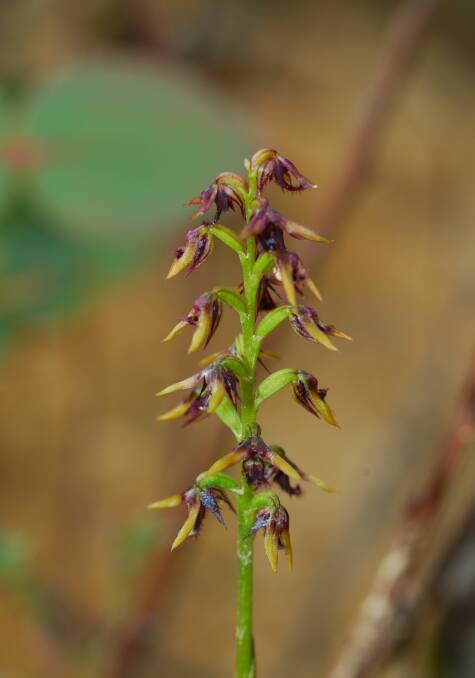Many years ago I stood mesmerised by the rolling hummocks of sphagnum moss at the foot of Mt Gingera. Twisted, gnarled snow gums fringed a subalpine wetland.
Subscribe now for unlimited access.
$0/
(min cost $0)
or signup to continue reading
The sphagnum moss was alive. Beneath my feet, the ground erupted with a noisy call. It was mating season for the majestic northern corroboree frog. The small amphibians crawled, camouflaged by their yellow and black markings, seeking shelter beneath the moss, guarding exquisite translucent eggs.
It was common to encounter this little frog when traversing Ginini Flats in the early 1990s. They were abundant. Today they tilt on the edge of extinction.
This dramatic decline has been ascribed to an exotic fungal disease, the lethal chytrid fungus. Fortunately, we foresaw the potential impact of this fungus and worked in collaboration with researchers on an early intervention program.
A colony was established at Tidbinbilla Nature Reserve from eggs collected in the wild. Over ensuing years, this critically acclaimed breeding program has proved to be the ultimate conservation insurance policy.
The northern corroboree frog, swift parrot, regent honeyeater and two species of rare orchids have just been uplisted to 'critically endangered' in the ACT. Another 17 nationally threatened species have also been added to our ACT Threatened Native Species List.

It's a rather unenviable list. A list you would rather not be on.
The list is the result of the ACT aligning its current threatened species listing with national listings as part of an agreement with all states and territories.
Aligning our threatened species' statuses with the Commonwealth priorities will lead to stronger national collaboration in monitoring programs, targeted research and importantly, the on-ground implementation of action plans.
Plans which are making a real difference. Our breeding program has helped release hundreds of northern corroboree frogs back into the fragile high-country ecosystems of the Brindabella's.
The bush capital's Woodlands Strategy is already restoring and maintaining habitat for both the swift Parrot and the regent honeyeater.
The Canberra spider orchid and Brindabella midge orchid are found in very small isolated pockets and there are long-term action plans to preserve these remaining populations across the bush capital.

While you would like to think that such a list wouldn't be required, it's reassuring that plans are in place to conserve and protect these species for future generations. To learn more, visit www.environment.act.gov.au
- Brett McNamara is with ACT Parks & Conservation Service

